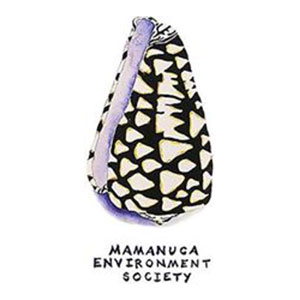@ZaneTer, thanks for the articles. Though they mention inorganic N and P uptake, the only article that talks about excess N and P, due to runoff from fertilizers, concluded that though the coral made up 3 times the biomass, it used 1/3 of the N that the algae used, and 1/10 of the P than the algae used. They only measured NH4 uptake, not NO3. Seems like excess benefits algae more than coral.
I'd like to see your scientific article refuting what @Randy Holmes-Farley states. If you read the article, you know that the 0.005 ppm PO4 is an as low as number. This article pretty much agrees with what @Lasse states below.
Notice the comment about consumption and excess.
You were the one that stated that we need to get away from the idea that "near 0 is fine because there is an excess is ridiculous." You now say that you don't know what near 0 is and want me to define it. How can you make a statement like that when you have no standard to base it on?
I'd like to see your scientific article refuting what @Randy Holmes-Farley states. If you read the article, you know that the 0.005 ppm PO4 is an as low as number. This article pretty much agrees with what @Lasse states below.
Notice the comment about consumption and excess.
You were the one that stated that we need to get away from the idea that "near 0 is fine because there is an excess is ridiculous." You now say that you don't know what near 0 is and want me to define it. How can you make a statement like that when you have no standard to base it on?
IMO and in most of the articles I have read show a NO3 concentrations of around the figure you mentioned (0.1 - 0.3 ppm NO3) but the PO4 levels normally show around 0.04 ppm. The PO4 will alter because of reasons @ZaneTer mentioned - upwelling, land run off and currents.
If the production is higher than consumption - you read a excess in the water - if the consumption is higher - you read zero!



















